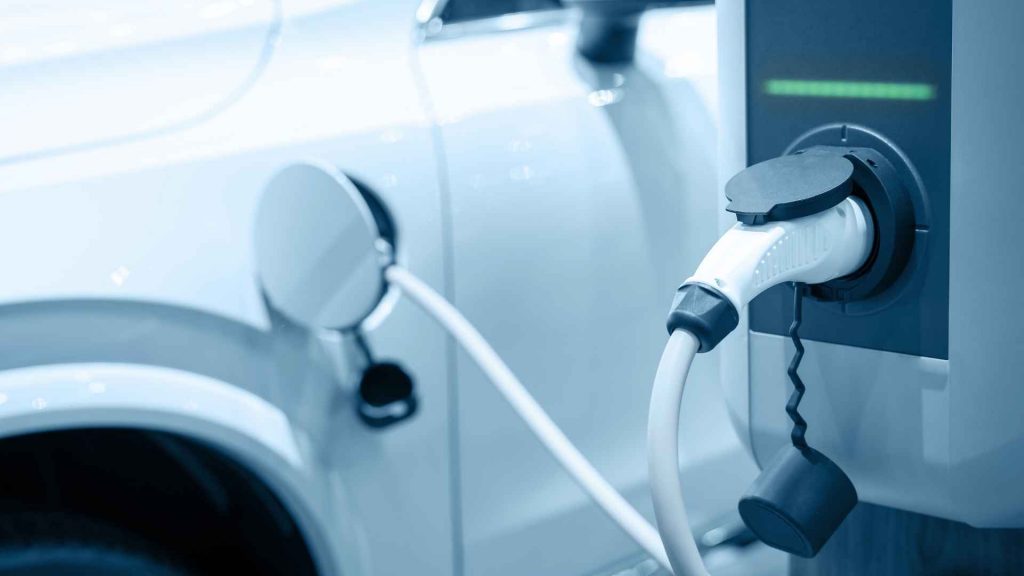Electric vehicles are transforming our approach to transportation, offering an environmentally friendly alternative that significantly reduces carbon emissions. Nonetheless, they come with their unique demands, especially when it comes to charging. As more people embrace this sustainable mode of transport, we feel it is essential to discuss the intricacies of effectively managing charging operations. Notably, a technique called load balancing is making waves in the EV charger realm, offering a seamless way to manage power distribution amongst charging points.
From optimizing charging times to enhancing battery longevity and even reducing electricity costs, load balancing could be the missing piece of the puzzle towards successful electric vehicle adoption. Whether you're an individual EV owner or managing a full fleet, taking control of your charging operations using this method could hold numerous benefits. Let's dive deep and unlock the potential of load balancing for effective charging of electric vehicles.
?What is Load Balancing in Electric Vehicle Charging
Load balancing represents a highly intelligent system that is crafted to regulate and dispense power load equitably among different charging points. It plays a pivotal role in optimizing the charging efficiency of electric vehicles and also averts potential overloads that could disrupt the delicate balance of power grids. Utilizing advanced and intelligent charging systems, load balancing carefully monitors the power distribution, making necessary adjustments as per the demand.
For instance, consider a shopping center with an array of electric vehicle charging stations. Without a load balancing system, a surge in charging requests could lead to a power grid disruption. However, with load balancing, the system ensures each vehicle receives sufficient power for charging, maintaining stability within the grid. Overall, load balancing mechanisms greatly enhance the electric vehicle charging experience, contributing significantly to their growing popularity in Israel and beyond.
Benefits of Load Balancing for Electric Vehicle Owners
For the owners of electric vehicles, there's a lot to love about load balancing. At its most basic, load balancing optimizes the charging process, ensuring that power is evenly distributed across multiple points. This can significantly decrease charging times, letting you get back on the road more quickly.
Less time plugged in isn't just a matter of convenience. It can also have critical benefits for your vehicle's battery. Overcharging or excessive heat can drastically shorten a battery's lifespan and reduce its capacity. By intelligently managing the distribution of power, load balancing can help avoid these issues, preserving the health of your battery for longer.
Cost Savings and Convenience at Your Fingertips
Load balancing isn't just about preserving battery health and speeding up charging times. It can also lead to substantial cost savings. Here in Israel, reducing the overall amount of electricity consumed during charging can translate into real savings on your energy bill. In addition, load balancing solutions often come with smart pricing capabilities, allowing owners to take advantage of off-peak electricity rates for further savings.
Moreover, the use of multiple charging points enhances convenience for electric vehicle owners. With the rising popularity of EVs, public charging stations are becoming more common. Being able to charge your vehicle at various locations ensures you aren't stranded without power. As we'll discuss later, this is particularly important for fleet owners.
In conclusion, load balancing offers significant benefits to electric vehicle owners in terms of time savings, battery life preservation, cost-efficiency, and convenience.
How Load Balancing Can Benefit Fleet Owners of Electric ?Vehicles
In the context of fleet operations, load balancing presents significant advantages. Managing a fleet of electric vehicles requires efficient everyday functioning, and the principle of load balancing offers a solution to charging multiple vehicles without straining the power grid or causing downtime.
For instance, load balancing allows fleet operators to schedule charging during off-peak hours, bringing down electricity costs and optimising the usage of each vehicle. The system also ensures that vehicles are topped up and ready to go when they're needed the most, reducing downtime and streamlining operations.
Moreover, for fleet owners transitioning to electric vehicles, load balancing can deliver considerable environmental benefits by lowering greenhouse gas emissions. Prevailing trends suggest that load balancing may integrate seamlessly with smart fleet management systems for real-time monitoring. This connection between load balancing and smarter fleet management can enhance control over charging activities and lead to sizable cost and efficiency benefits.
Implementing Load Balancing for Efficient Electric Vehicle Charging
Executing load balancing for electric vehicle charging necessitates the installation of smart charging infrastructure. Consulting with proficient electricians for the proper setup of load balancing systems is crucial to ensuring safety and adherence to regulations. Numerous load balancing solutions exist, encompassing both software platforms and hardware components. For instance, digital platforms allow easy monitoring and regulating of the power distribution. Cooperation among various stakeholders, including charging infrastructure providers, energy companies, and vehicle manufacturers, is essential to promote the widespread application of load balancing, mirroring the collaborative efforts we discussed in 'Benefits of Load Balancing for Electric Vehicle Owners.'
